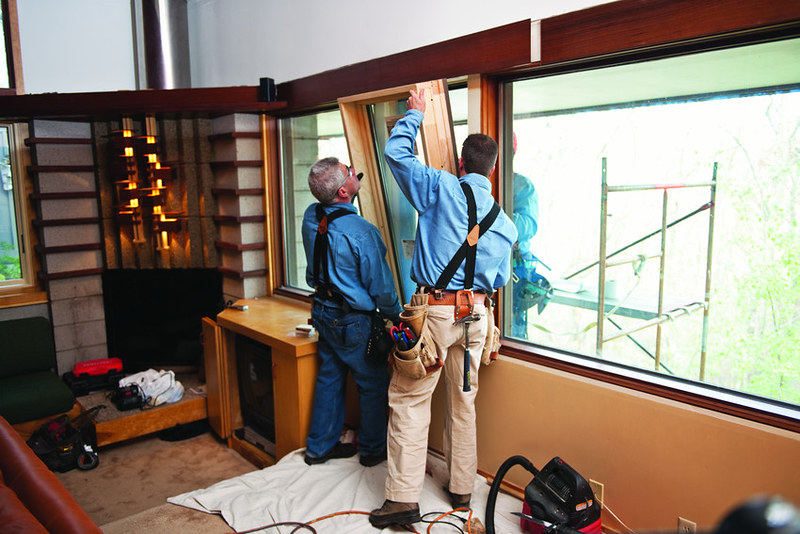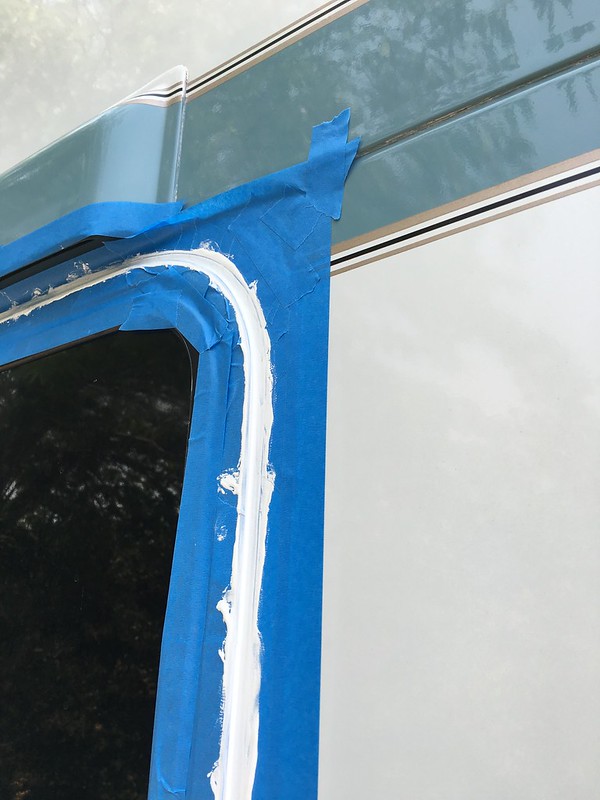The most popular style of window in the UK is the casement window. Unlike its closest rival, the sash window, the casement window opens by swinging outwards on a set of hinges.
This offers several advantages.
For one, casement windows are less complex and easier to maintain than sash windows, and they can be equipped with compressible seals which keep out draughts and can help cut your energy bills.
However, as resilient as casement windows are, problems can occasionally occur. Thankfully, the majority of those problems can be solved without the need to call in a professional. In this article, we’ll look at how to repair casement windows. We’ll examine some common issues, and see how they should best be addressed.
How do you fix a sagging casement window?
Throughout a casement window’s lifespan, it will gradually sag as a result of gravity, and it only takes a few millimetres of drop for the window to begin catching against the frame. If your window is dragging, you need to adjust the hinge channel to compensate. This should be done from the outside. You’ll need to first establish the direction in which your window is sagging, and then move the corresponding hinge.
Step 1.
First, we’re going to remove the arms that make up the hinge at the bottom of the window. Open it and unscrew everything. You’ll then be able to lift out the sash which tethers it to the window frame.
Step 2.
It’s time to fill in the existing holes. Do this with epoxy resin if your windows are uPVC, or wood-filler if they’re timber. Don’t be tempted to skip this step, as you’ll be drilling new holes just a few millimetres from the old ones, and the drill could slip into the old holes. Be sure to rub the filling smooth for the best possible finish.
Step 3.
Now you’re going to drill some new holes using an 1/8” pilot drill. Drill them a couple of millimetres across from the old holes. A little bit of guesswork may be in order here, given that there’s no way to test the window before you’ve secured it to the frame. If you’ve only just noticed the problem, chances are that moving the hinge across a small increment will result in a significant improvement.
How do you clean casement window hinges?
On the other hand, rust accumulating on your gears can cause the window to become stiff and eventually inoperable. Cleaning the gears thoroughly requires a little bit of disassembly – but it’ll help fend off corrosion and keep your window working as it should for longer.
Step 1.
First, we’re going to unclip the operator arm. This usually comes apart from the window via a clip. It’s attached at the other end via a series of screws, which can be removed with the help of a trusty cross-head.
Step 2.
Next it’s time to clean away the grime. Do this over a plastic tub using methylated spirits and an old toothbrush. Scrub until every last bit of grime has been removed.
Step 3.
Before we return the gears to the window, we need to ensure that they’re lubricated and protected from the elements. Apply your lubricant generously and use a soft cloth to distribute it across the entirety of the metal. Work it into the gears by moving them back and forth. When they move easily, you’re ready to reinstall.
Step 4.
Some casement windows are attached to an arm which runs along a track at the bottom of the window. These should be cleaned using a harsh, wire brush and solvents applied to a cloth (which should lift up all of those stray metal particulates).
Make sure you’ve gotten right into the track, and apply a layer of lubricant when you’re done, as just described. Again, you can work the lubricant in by moving the window back and forth.
Now, there are some instances where it’s impossible to repair the hinge, and you’ll need to look at replacing the hinge instead. Replacement hinges for casement windows are widely available and inexpensive.
How do you re-seal a casement window?
The seal around the edge of your window contributes enormously to its energy efficiency. If yours is damaged, then fixing it should be a priority. The stripping might have been pulled away from the corner of the frame, in which case you can address the problem by simply sticking it back into place with a dab of polyurethane sealant. On the other hand, repeated cycles of compression and expansion can, over the years, cause the stripping to lose its elasticity. When this happens, it’s time to replace it.
Step 1.
Pull the strip loose from the window. Do this slowly to minimise the risk of the wedge section of the strip remaining stuck in the grove. Should this happen, you’ll need to work it loose using a coat hanger or hobby knife.
Step 2.
Insert your new weather-stripping, starting from the corners. You won’t need to apply any adhesive, here; it should slide into the groove with a reassuring ‘click’.
How do you replace a handle on a casement window?
When your handle is spinning, but the window isn’t opening, a broken shaft is normally to blame. In most cases, this problem can be fixed with a replacement handle. You can buy replacement cranks which can be adjusted to fit different spindles, or you can contact the manufacturer and ask for a like-for-like replacement. If it’s the shaft itself that’s worn down, you can often correct the problem temporarily by filing the edge of the shaft so that the screw can lock properly. Don’t expect this fix to hold up for long if you’re opening and closing the window repeatedly, however.
Anything else?
Casement windows are incredibly robust and given the right care and attention, they’ll last for years. To stand the best possible chance of avoiding problems, we’d suggest taking a pro-active approach. Check your windows periodically for damage and if you notice a problem, don’t be tempted to delay in fixing it. The chances are that it’ll only get trickier (and more expensive) to solve!





